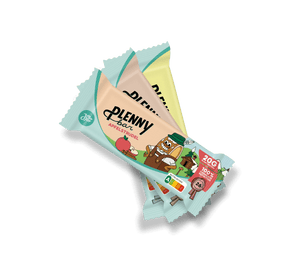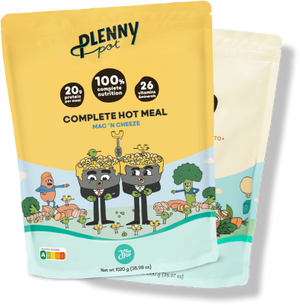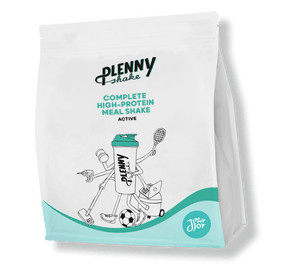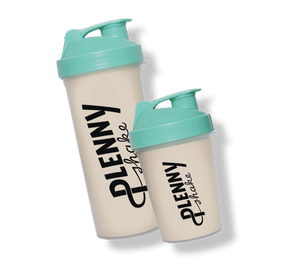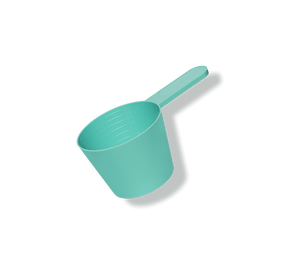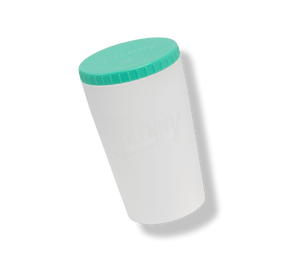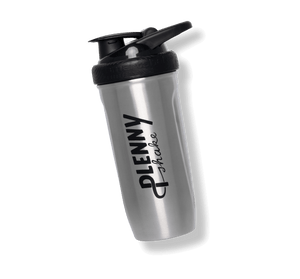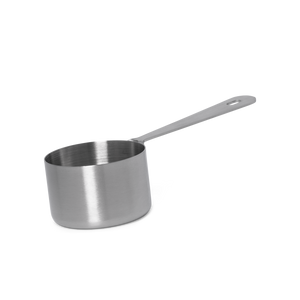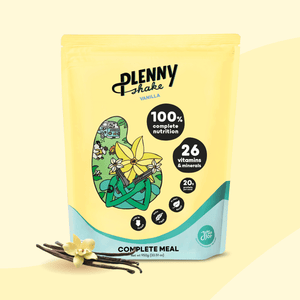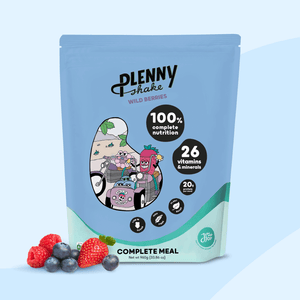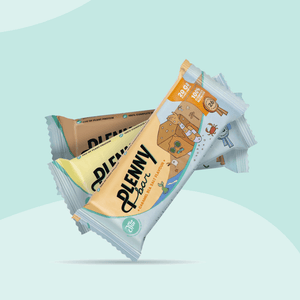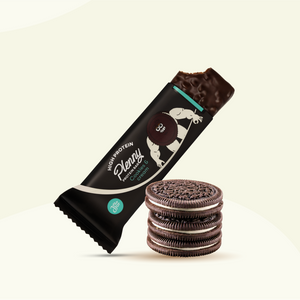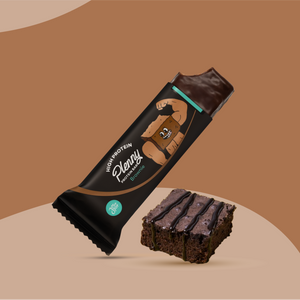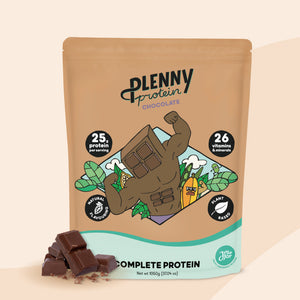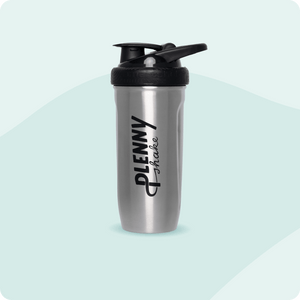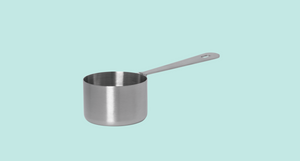
Why would I ever need to go on a liquid diet?
Plenny Shakes are great for convenience, especially if you need to eat a nutritionally complete meal on the go. Having said that, going on a full liquid diet isn’t something you should attempt lightly. Physically and medically, there are a lot of reasons to go on a liquid diet.
Liquid diets are the only option for some people, such as some elderly and people suffering from diseases that leave them unable to eat solid food properly. Chronic obstructive pulmonary disease (COPD) is a good example—it’s a lung disease where patients often lack appetite and end up underweight. People recovering from eating disorders such as anorexia or bulimia who need to gain weight, but resist eating, can also benefit a lot from a liquid diet.
So, you see, people who choose Plenny Shake aren’t just lazy. They might have a really, really good reason to switch from solid to liquid food.
I have a broken jaw. Do I need to go on a liquid diet?
That must suck! Sorry to hear that. A broken jaw definitely requires you to switch to a liquid diet, because eating normally just isn’t going to happen for a while. A straw is going to become your best friend. You’re going to use your blender a lot, too.
Keep on reading, this article is for you!
What kinds of liquid foods can I eat with a broken jaw?
Say hello to soft foods like applesauce, smoothies with small pieces of fruit and cooked (not raw) vegetables, or yogurt mixed with a good protein powder.
The important thing is to remember is to vary your liquid diet so that you don’t get bored, and so you still get a wide range of nutrients.
Good thing we’re the experts when it comes to non-boring liquid food. Not only does Plenny Shake come in seven awesome flavors, but it’s also packed with all the essential nutrients and vitamins you need every day.
What should be part of a complete, healthy liquid diet?
In a perfect world, a full and complete liquid diet should have:
- 30-40 grams of fiber. Ideally, 50% of fiber should be water soluble, such as the fibers we get from barley and oats, legumes like beans and lentils, and fruits and vegetables. The other 50% of the daily recommended amount should be insoluble, such as those found in whole grains and cereals
- Slowly digestible carbs, not from sugars
- Less than 10% of total fat should be saturated fat
- The daily recommended amount of vitamins and minerals
- At least 0.8 grams of protein per kilo of your body weight
If all that sounds like a hassle to figure out, don’t worry. We’ve already done the work for you. Just pick up a Plenny Shake, and boom. No math Olympics needed.
How do I switch to a liquid diet from a regular solid food diet?
As slowly as possible. Listen to your body and don’t shock your system. Transitioning from a liquid diet back to solid food should be slow too. Pro tip: when you can move your jaw again, don’t eat everything in sight just because you can. Trust us. It won’t be pretty.
Wouldn’t it be awesome if there was a liquid diet meal which contained all the carbs, proteins, fats, fibers, vitamins and minerals in the amounts human beings need every day? Oh, wait. It’s called Plenny Shake! Get yours by going clicky clicky on the linky.
And finally: don’t worry. A liquid diet doesn’t have to be boring, taste awful, or mean the end of the world. It’s our job to help you have fun with it too.
I’m going on a liquid diet.
We start packing your order within 24 hours. Just say GO!
For this article, we consulted licensed dietician Dascha Willemsen of Dietistpraktijk DDietist in Amsterdam. Thanks Dascha!
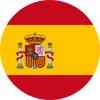
 Everything You Need In One Meal
Everything You Need In One Meal
 Stay Full For 3-5 Hours
Stay Full For 3-5 Hours
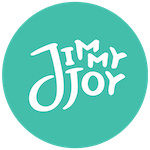



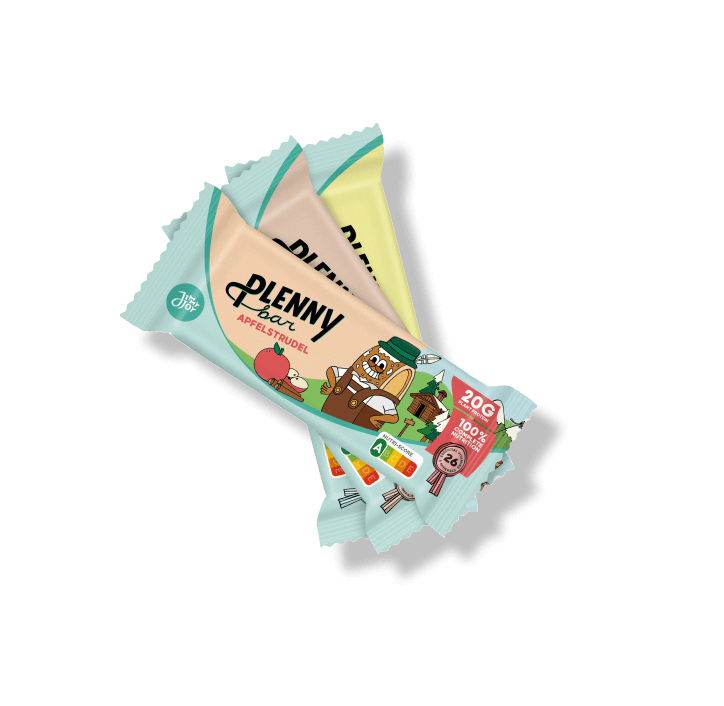
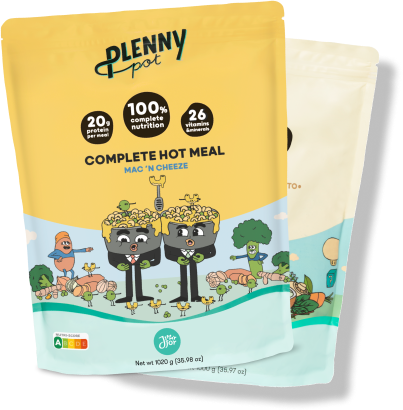

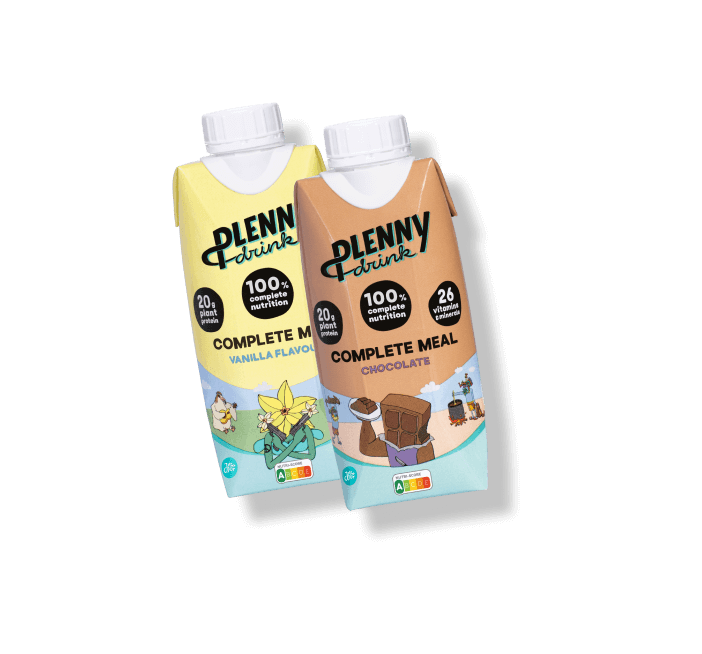
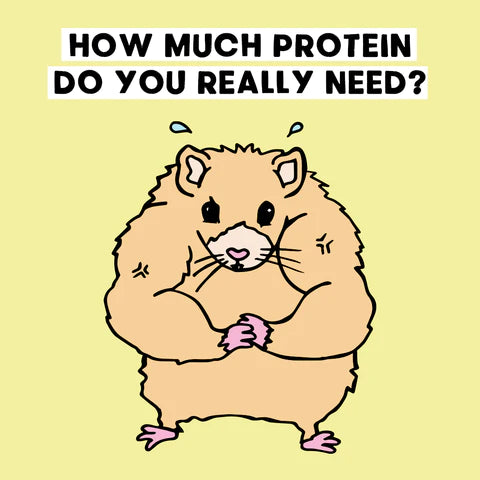



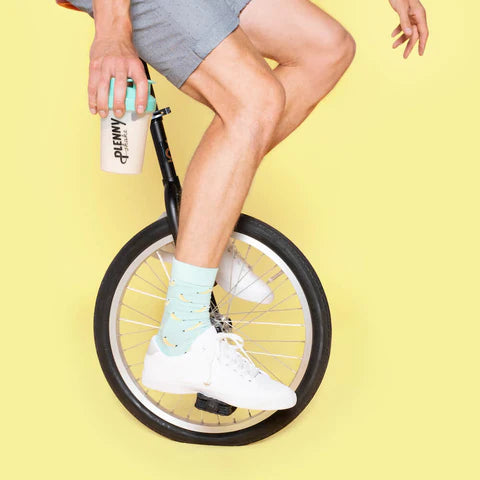
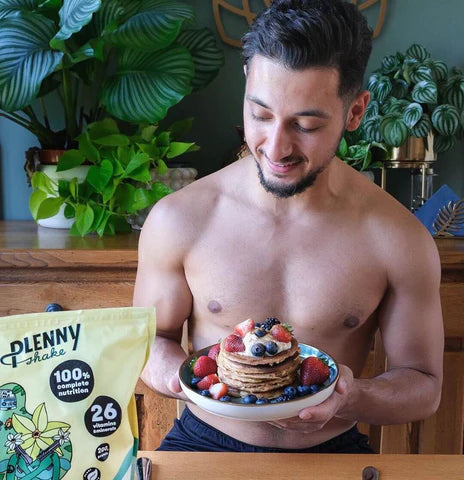

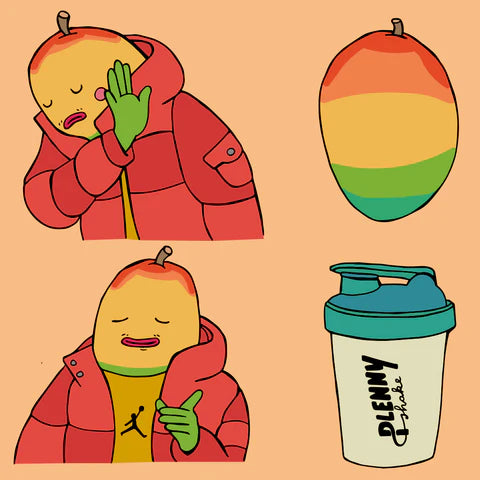
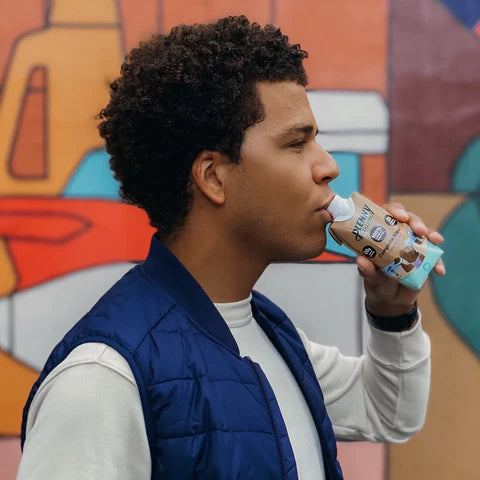

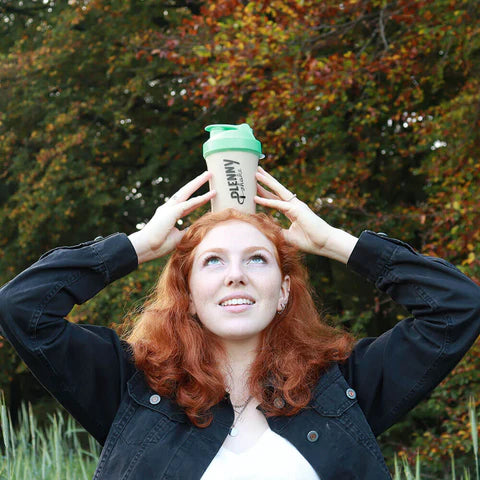
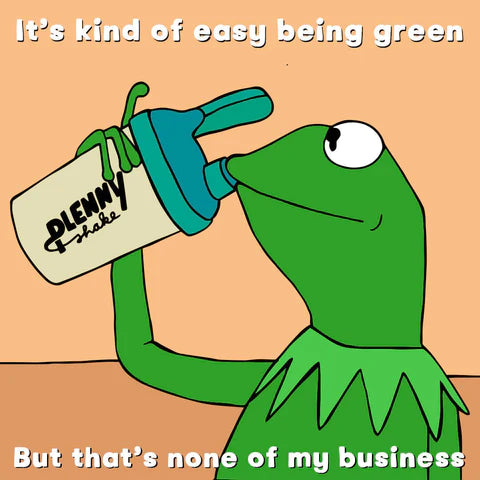
 Product added to cart
Product added to cart


